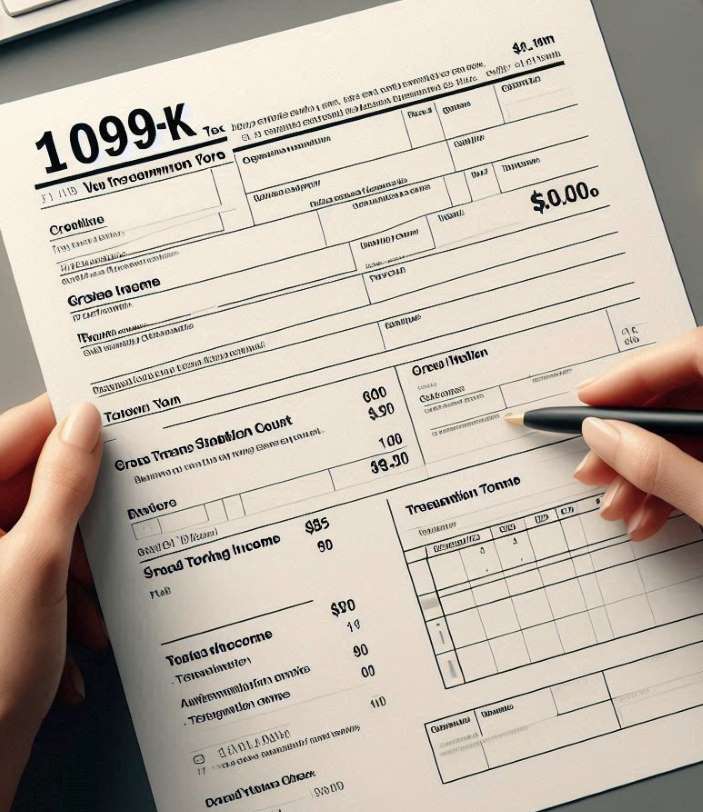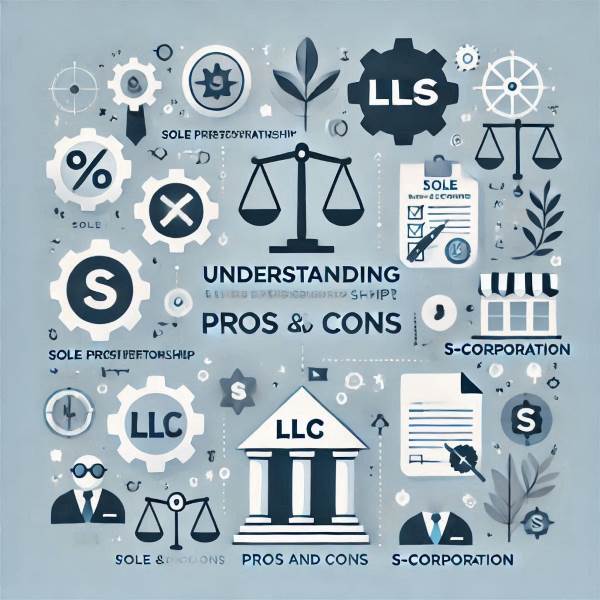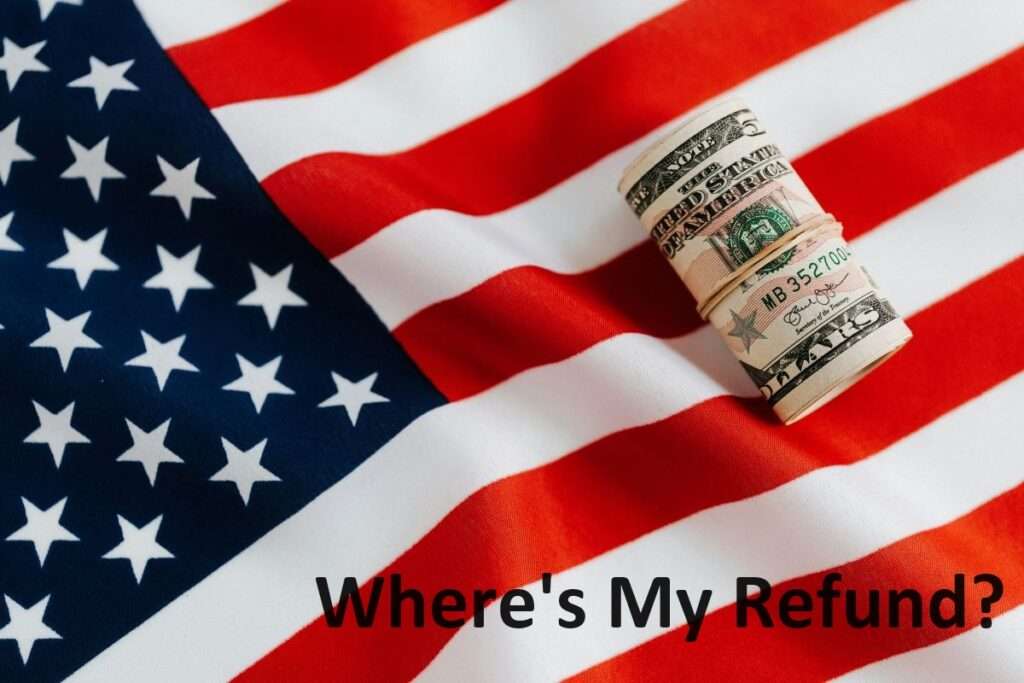What is Form 1099-K?
Form 1099-K, also known as the Payment Card and Third Party Network Transactions form, reports the total gross amount of transactions processed through payment card companies, payment apps, and online marketplaces. It helps the IRS track income from these sources.
Why Report 1099-K?
Reporting Form 1099-K ensures accurate income reporting and helps prevent tax evasion.
It’s essential for businesses and individuals who receive payments for goods or services to report this income accurately on their tax returns.
Who Needs to Report 1099-K?
You’ll receive a Form 1099-K if you:
- Sell goods or services through online marketplaces (e.g., Etsy, eBay)
- Provide services through payment apps (e.g., Uber, Lyft)
- Accept payments via credit or debit cards
What is the Process?
Receive Form 1099-K
Payment processors and online marketplaces will send you Form 1099-K by January 31 each year.
Review Information
Ensure the information on the form is accurate, including your Taxpayer Identification Number (TIN) and the gross amount of transactions.
Report Income
Use the information on Form 1099-K to report your income on your tax return.
Even if you don’t receive a Form 1099-K, you must still report any income received.
Keep Records
Maintain records of your transactions and payments to support your income reporting.
New Rule for 2024: $600 Threshold
Starting in 2024, the IRS will implement a new rule lowering the reporting threshold for Form 1099-K to $600.
This means that if you receive payments totaling more than $600 through third-party payment platforms like PayPal, Venmo, or Cash App, you will receive a Form 1099-K.
However, Zelle is not subject to these new rules. This is because Zelle facilitates direct bank-to-bank transfers and does not hold funds.
By understanding and accurately reporting Form 1099-K, you can ensure compliance with tax regulations and avoid potential penalties.



